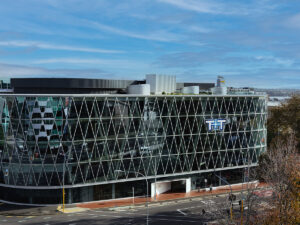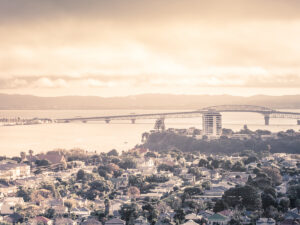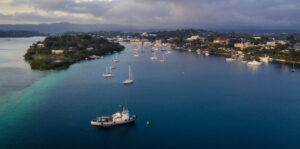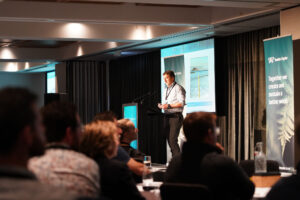New Zealand Geotechnical Society (NZGS) Symposium 2021
Historical records indicate that consequential liquefaction has occurred during upwards of 11 earthquakes in New Zealand since European settlement and prior to 2010. Post-event observations of land damage have been collated into an online geospatial database that is now publicly available. The dataset outlines areas that have historically liquefied, and thus are susceptible to liquefaction during future events, and may be used to supplement Level A (Desktop) and Level B (Calibrated Desktop) liquefaction hazard assessments as per the MBIE (2017) guidelines. Show more…Interrogation of the dataset indicates that liquefaction has primarily occurred in low elevation areas proximal to waterways with 80 percent of the collated reports within 500 m of a river or stream. Comparison of CPT traces in areas where liquefaction was and was not reported following the 2016 Kaikoura earthquake show that liquefaction predominantly manifested in areas containing comparatively thick layers of low relative density silty sands under PGA in excess of ~0.1g. The collated dataset enables calibration of liquefaction triggering assessments against actual observations when combined with estimated ground shaking intensities of the causative earthquake. Comparison of the predicted liquefaction hazard in Whakatane with that observed following the 1987 Edgecumbe earthquake outlines areas of inconsistent prediction. Potential reasons for the over-predictions include interlayering of soil types within distal floodplains and/or back swamp environments, and/or the presence of pumice. It is anticipated that this work will help to characterize settings, and/or geomorphic conditions where liquefaction typically manifests. The collated dataset provides a valuable tool for desktop hazard studies and in the verification of liquefaction hazards as interpreted from simplified analyses. Show less…




















